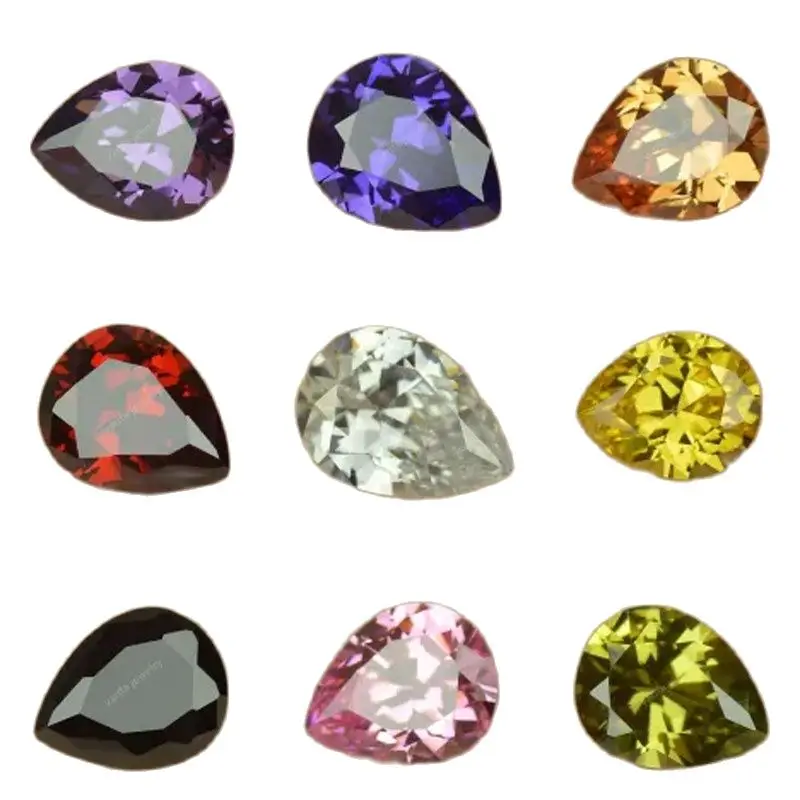
Introduction
Violet gems, with their mesmerizing hues and captivating allure, hold a special place in the world of precious stones. These rare and exquisite gemstones, ranging from deep purples to delicate lavenders, have long fascinated gem enthusiasts, collectors, and jewelry connoisseurs alike. In this exploration of violet gems, we delve into the fascinating world of these purple-hued treasures, uncovering their history, characteristics, symbolism, and significance in the realm of gemology and beyond.
The color purple has long been associated with royalty, luxury, and sophistication, making violet gems highly sought after for their regal appeal and inherent beauty. From the rich and intense tones of amethyst to the vibrant shades of tanzanite and the delicate pastels of lavender jade, each violet gemstone possesses a unique charm and charisma that sets it apart from other colored stones. Whether used as centerpieces in exquisite jewelry pieces or showcased in museum collections, violet gems never fail to captivate the beholder with their enchanting colors and timeless elegance.
One of the most renowned violet gemstones is amethyst, a variety of quartz known for its striking purple hues ranging from pale lilac to deep royal purple.
Amethyst has been prized for centuries for its stunning color and spiritual significance, believed to possess protective and healing properties by various cultures around the world. Its availability in a wide range of sizes and shapes makes it a versatile gemstone that can be fashioned into a variety of jewelry designs, from classic solitaire rings to intricate pendants and statement earrings.
Another notable violet gemstone is tanzanite, a relatively recent discovery found exclusively in Tanzania. Tanzanite’s vivid blue-violet coloration with hints of pink and purple has captured the hearts of gem enthusiasts since its introduction to the market in the 1960s. Its rarity and exotic origin add to its allure, making it a highly prized gemstone for collectors and jewelry aficionados seeking a distinctive and valuable addition to their gemstone collection.
In addition to amethyst and tanzanite, other violet gems such as purple sapphires, purple garnets, and lavender jade offer a diverse range of options for those seeking the beauty and elegance of purple-hued gemstones.
Each gem variety exhibits its own unique properties, including differences in color saturation, clarity, and brilliance, allowing for a wide array of choices to suit individual preferences and styles.
Beyond their aesthetic appeal, violet gems hold symbolic meanings and cultural significance in various traditions and beliefs. In many cultures, the color purple is associated with spirituality, wisdom, and enlightenment, adding a layer of depth and meaning to these precious stones. Whether worn as a personal talisman, gifted as a symbol of affection, or displayed as a work of art, violet gems carry with them a sense of mystery and mystique that resonates with people across time and borders.
In conclusion
Violet gems stand out as radiant treasures that embody the beauty, elegance, and allure of the color purple. From the royal splendor of amethyst to the exotic charm of tanzanite and the understated sophistication of lavender jade, these precious stones continue to enchant and inspire generations of gem enthusiasts with their timeless appeal. Whether adorning a piece of jewelry, enhancing a decorative object, or simply admired for their natural beauty, violet gems remind us of the enduring magic and wonder found in the world of gemstones and the boundless possibilities they hold for those who appreciate their splendor.